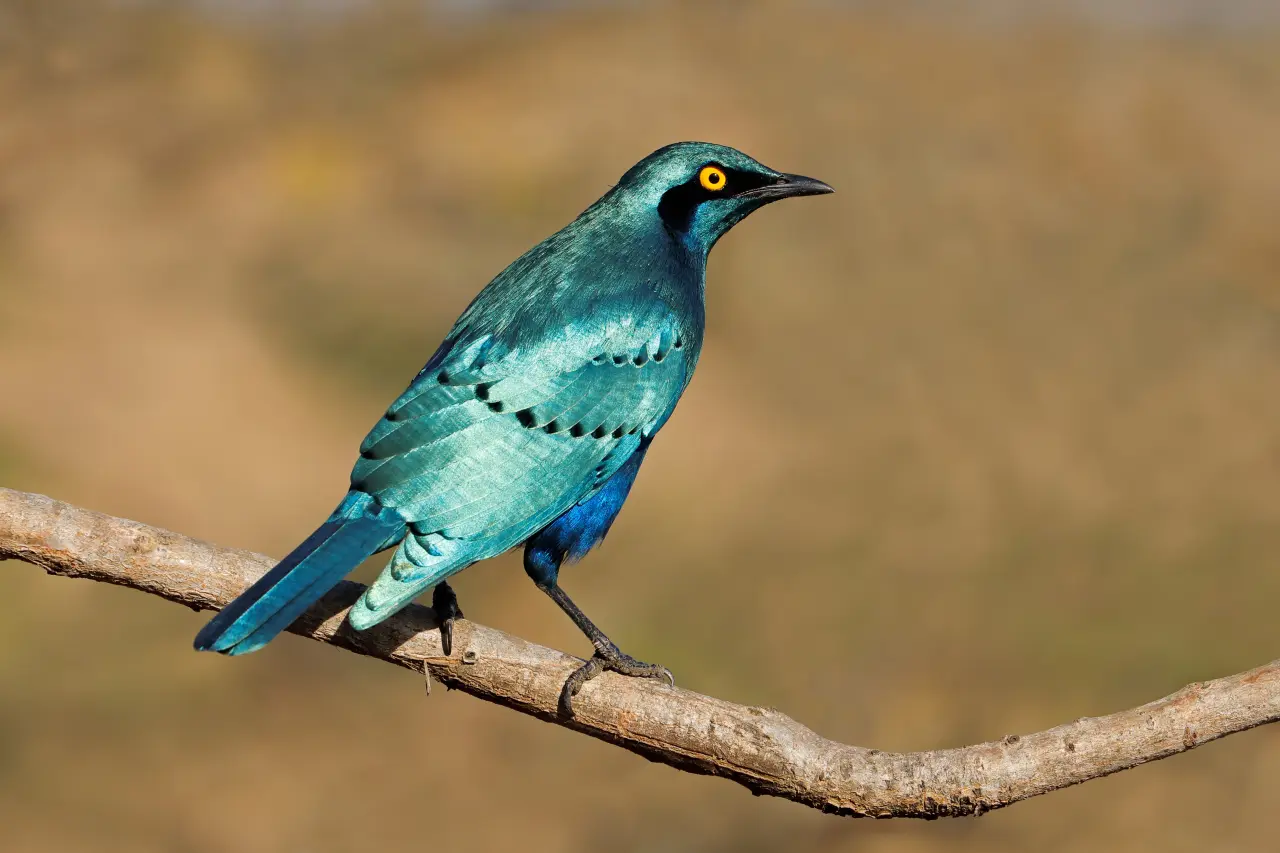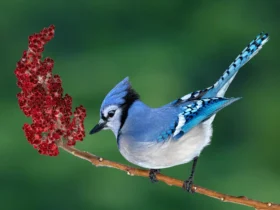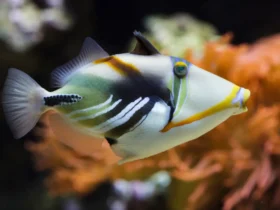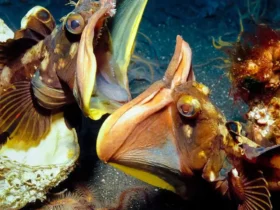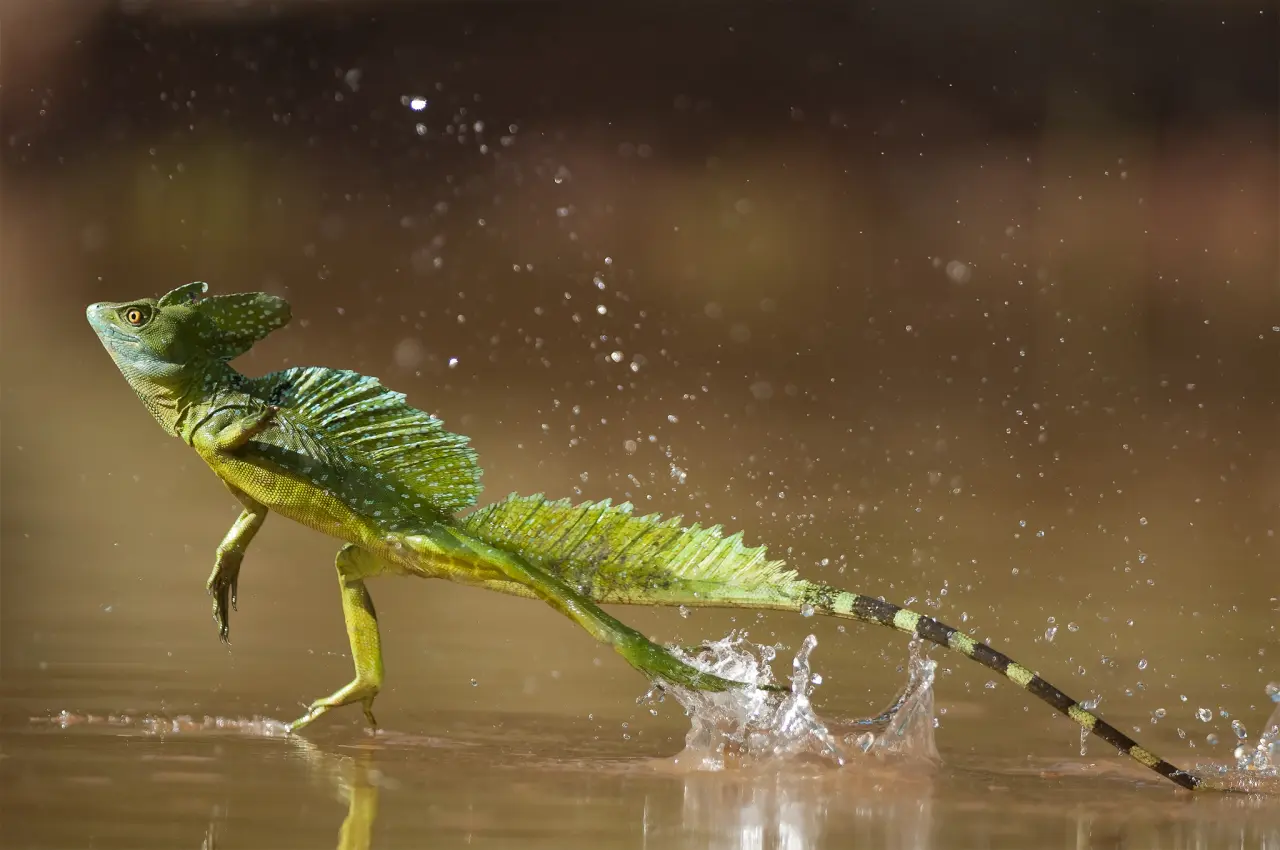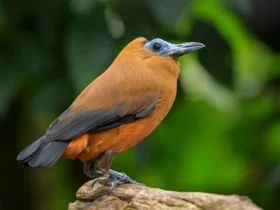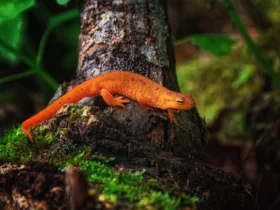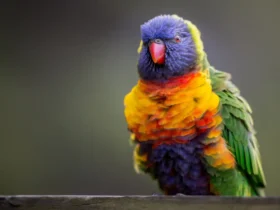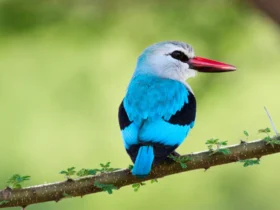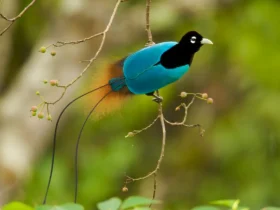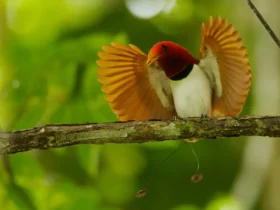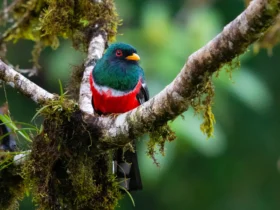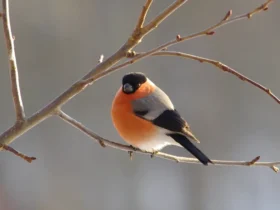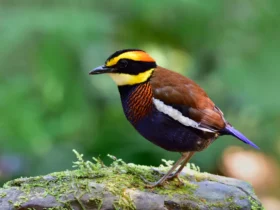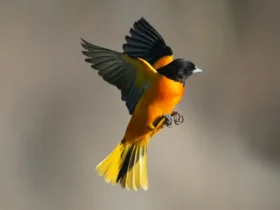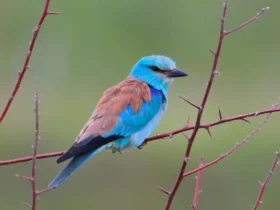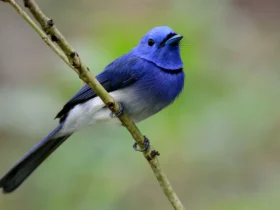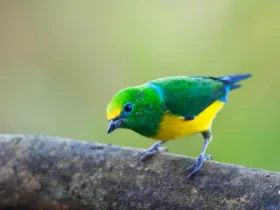The Greater Blue-eared Starling (Lamprotornis chalybaeus) is a brightly colored bird that belongs to the starling family. It is also commonly referred to as the Blue-eared Glossy Starling, and it is a common sight in the African savannahs and woodlands. The bird’s distinctive blue ear patch and glossy metallic green-blue plumage make it an eye-catching sight, and it is highly prized by bird enthusiasts for its stunning appearance and delightful song.
Physical Characteristics
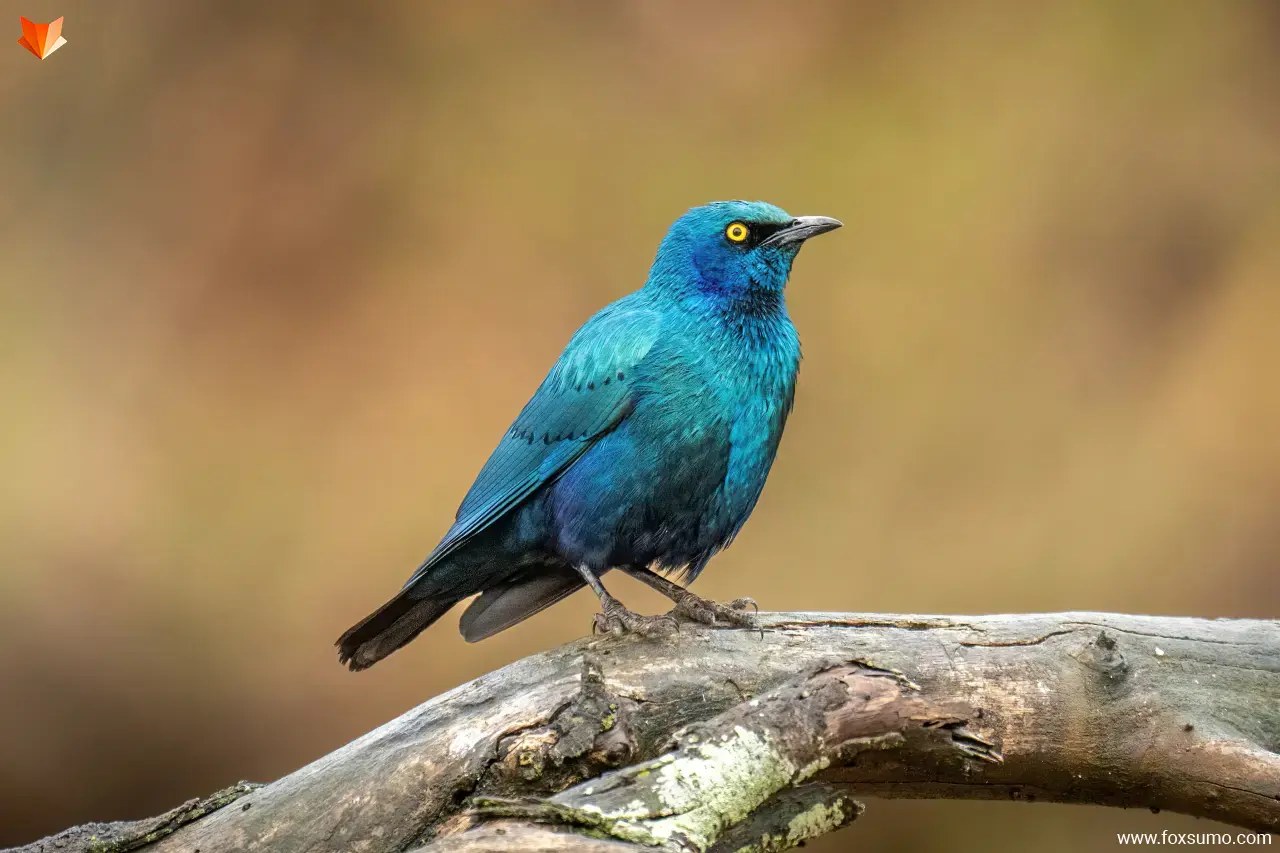
The Greater Blue-eared Starling is a medium-sized bird that typically measures around 20 cm in length and weighs approximately 50 g. The male and female birds have similar physical characteristics, with the male being slightly larger and more brightly colored. The bird’s plumage is predominantly metallic green-blue, with a glossy sheen that catches the light beautifully. The bird’s wings and tail are black, and it has a long, slender black beak. The most distinctive feature of the Greater Blue-eared Starling is its bright blue ear patch, which is surrounded by a narrow band of black feathers.
Habitat and Distribution
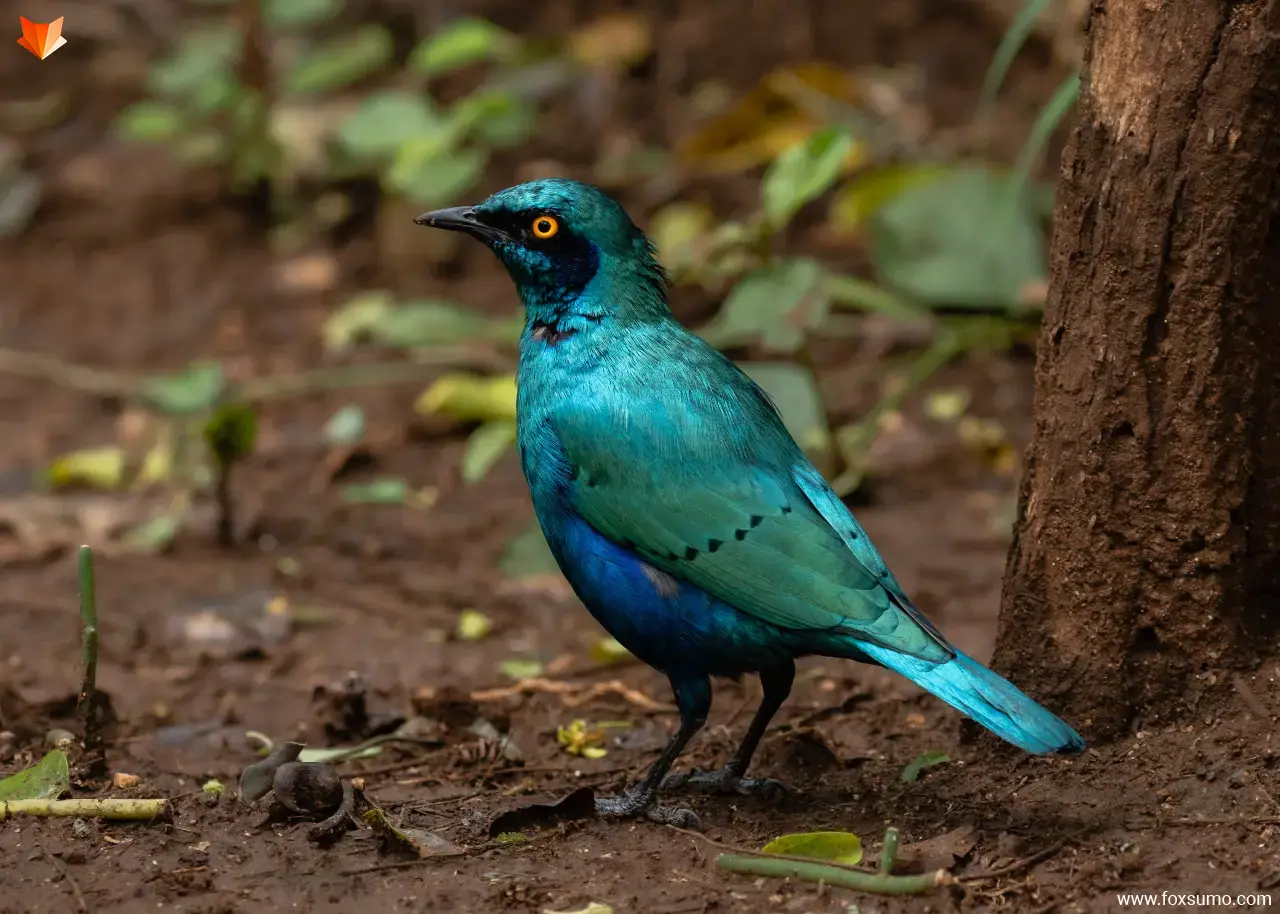
The Greater Blue-eared Starling is found across a wide range of habitats, from open grasslands to woodland areas, and it is particularly common in savannah regions. The bird is found throughout sub-Saharan Africa, from Senegal and Mauritania in the west to Ethiopia and Somalia in the east. It is also found in southern Africa, including South Africa, Namibia, Botswana, and Zimbabwe.
Behavior
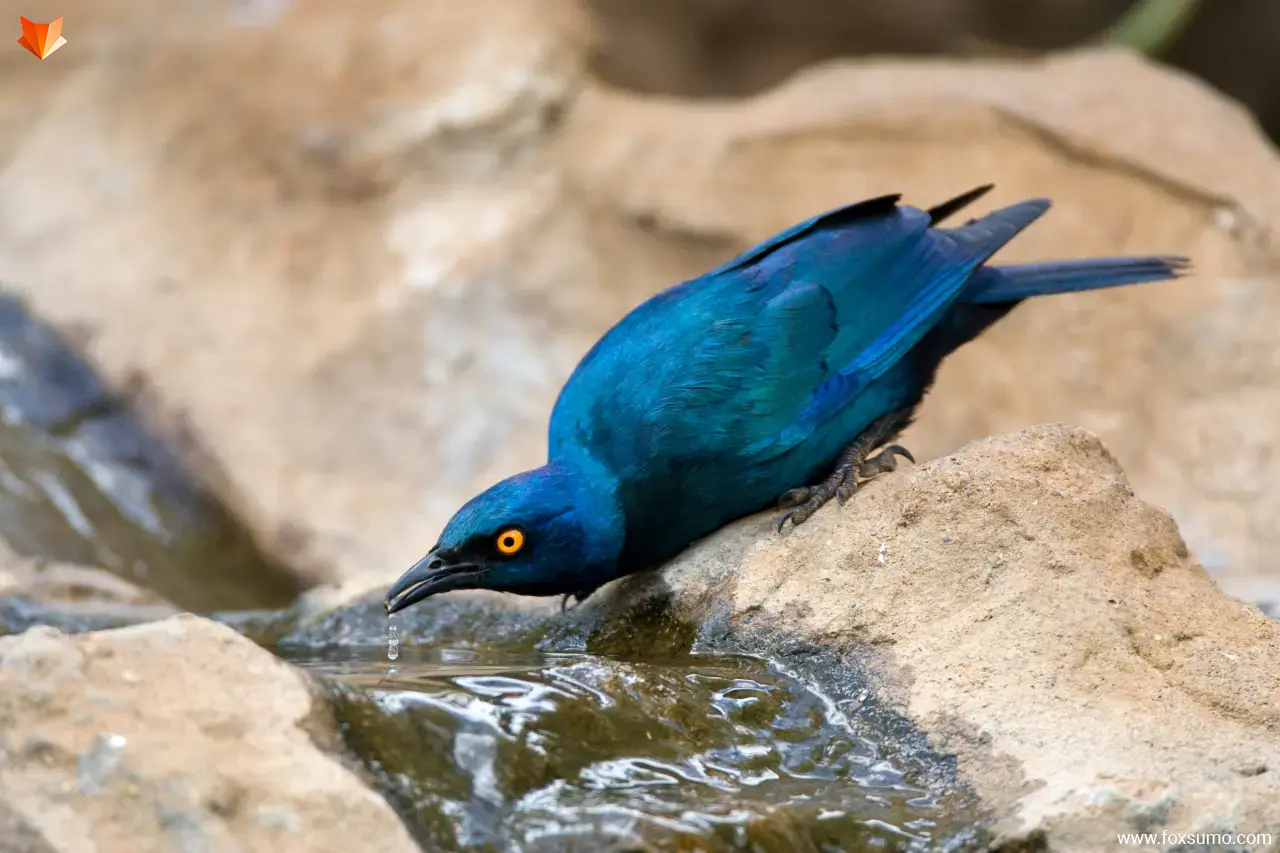
The Greater Blue-eared Starling is a highly sociable bird that typically forms small flocks of up to 20 birds. These flocks are often seen foraging together on the ground or in trees, and the birds communicate with each other through a variety of calls and songs. The bird’s song is a complex mixture of whistles, warbles, and trills, and it is a delightful sound that can be heard throughout the day.
Diet
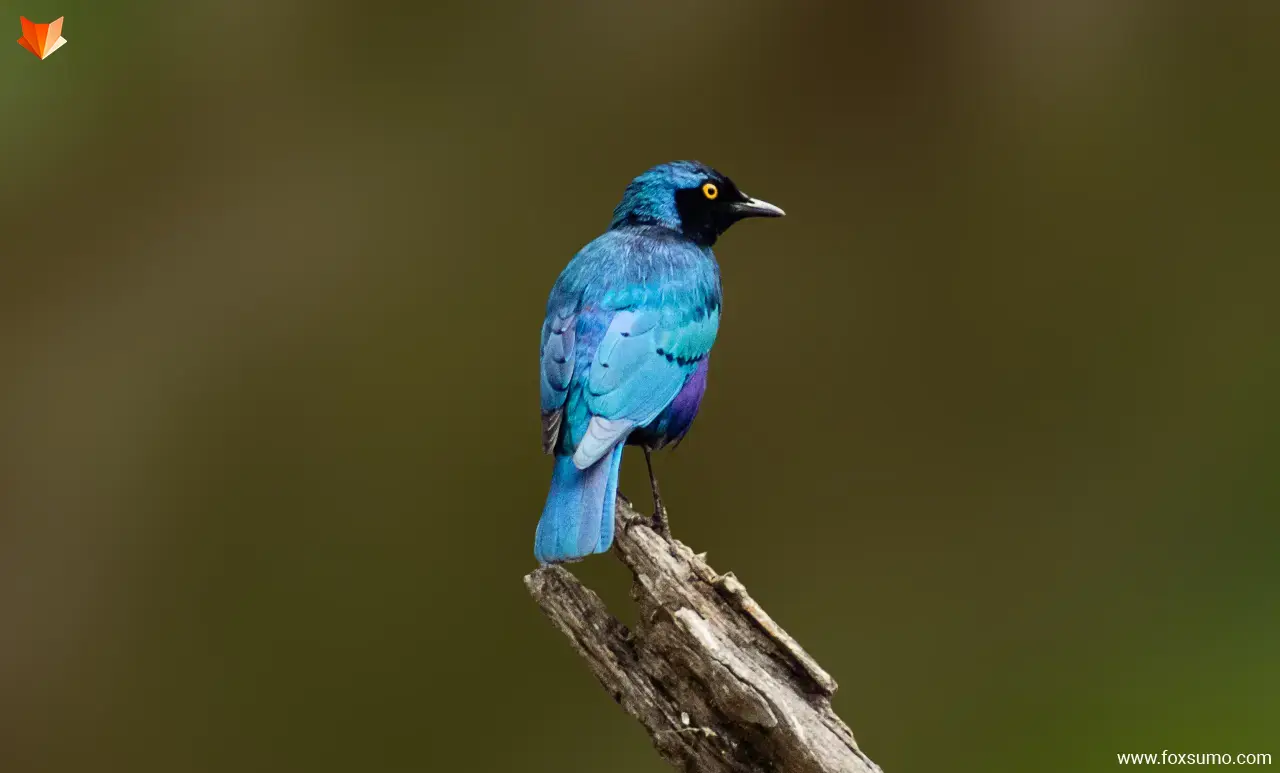
The Greater Blue-eared Starling is an omnivore and feeds on a wide range of foods. Its diet includes insects, fruit, seeds, and small animals such as lizards and snails. The bird is also known to be a frequent visitor to garden bird feeders, where it will feed on a range of seeds and nuts.
Breeding
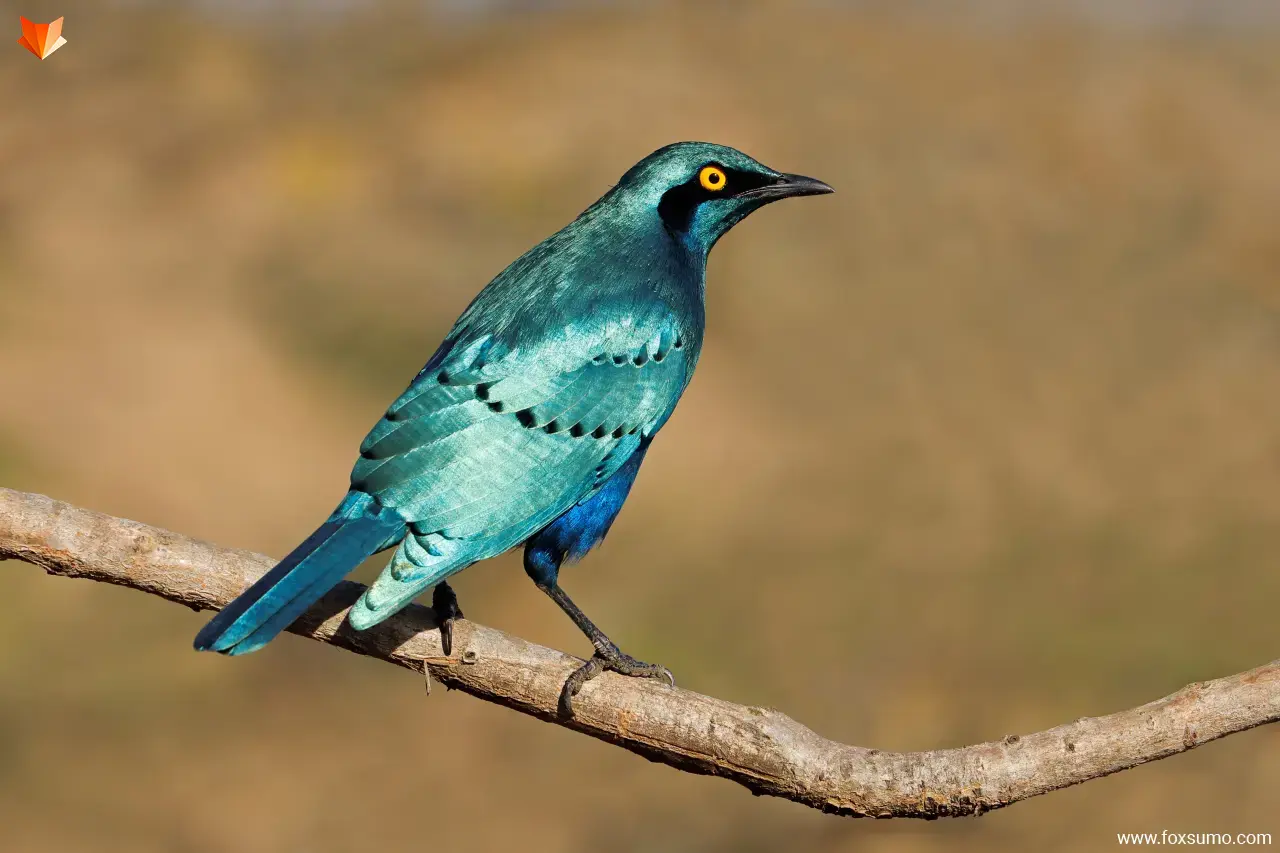
The breeding season for the Greater Blue-eared Starling typically takes place between November and March, and the bird is known to breed in loose colonies. The female bird lays between two and five eggs in a nest that is constructed from twigs, grass, and other plant materials. The nest is usually placed in a tree or bush, and both the male and female birds take turns incubating the eggs. The chicks hatch after around two weeks, and they are fed by both parents until they fledge at around three weeks of age.
Conservation Status
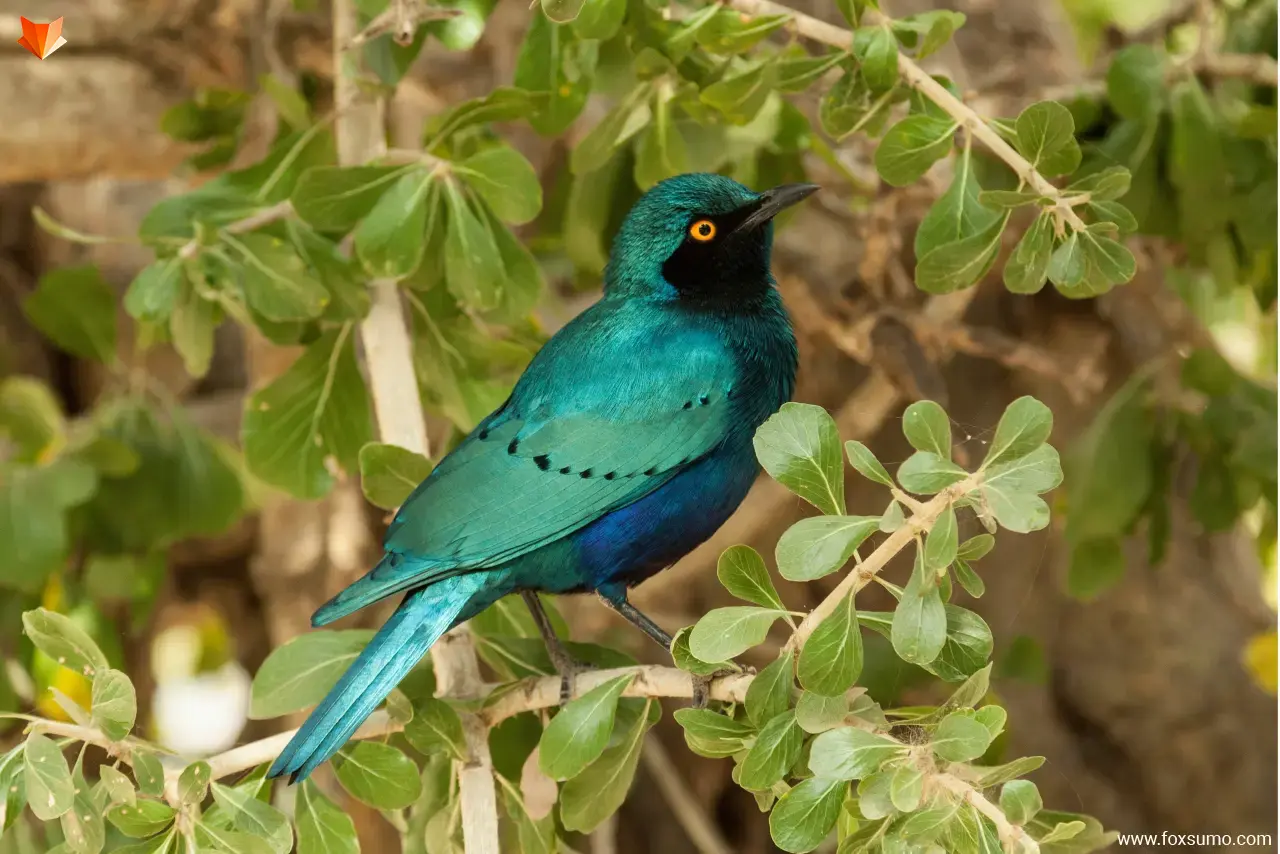
The Greater Blue-eared Starling is a common and widespread species, and it is not considered to be threatened with extinction. However, like many bird species, it is vulnerable to habitat loss and fragmentation, and populations in some areas have declined due to the destruction of savannah and woodland habitats.
Final Thought
The Greater Blue-eared Starling is a stunning bird that is highly valued by bird enthusiasts for its striking appearance and delightful song. The bird is found across a wide range of habitats in sub-Saharan Africa and is a common sight in savannah and woodland regions. While the species is not considered to be threatened with extinction, it is vulnerable to habitat loss and fragmentation, and conservation efforts are needed to ensure that populations remain stable in the future.
